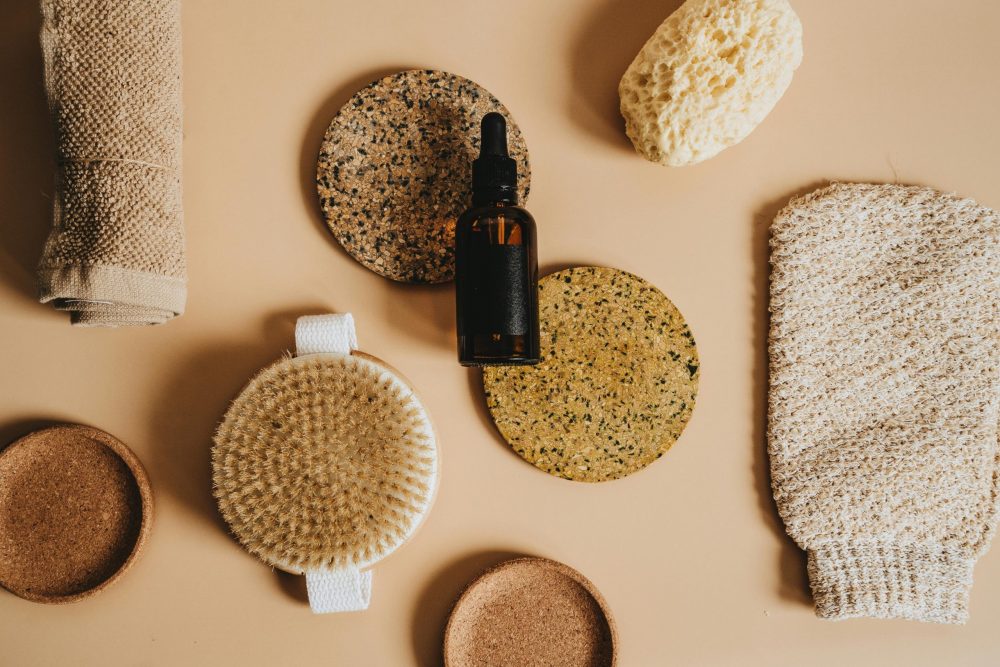Morning defines energy levels, moods, and focus throughout the day. An Ayurvedic morning is a gradual progression that soothes the body and mind before daily activity begins. This traditional health system combines the rhythm of nature with the simplicity of actions, which regulates smooth digestion, relaxed breathing, and clear thoughts. After its morning guide, it takes away stiffness, awakens inner fire, and makes the senses ready to work without shock. Practice makes strength constant, avoids laziness, and promotes long-term health throughout the year.
Waking Up and Bathing
Because the body takes time to come alive and the organs can flip-flop between rest and activity without a break, Ayurvedic mornings begin before dawn. This is done in the cool, still air. Wake up at this peaceful time to stretch, breathe in fresh air, and establish a beat for future tasks. Clear mind, peaceful breath, and fluid movement are all facilitated by stillness. This early start lets the body adapt naturally and prepares it for a balanced, concentrated day.
Rising is followed by cleansing, which begins with face and eye washing in cool water to clear the residue of sleep and sharpen the eyes, and by gentle tongue cleaning to clear the coating accumulated during sleep and to alert the digestive tract to awaken. Cleaning teeth with herbal paste removes stale taste and rubs the gums. It also keeps mouth flora in balance, establishing a new platform to taste drinks and food within a few minutes.
Hydration and Oil Care
The routine continues with sipping warm water, which moves gently through the stomach, loosens the digestive lining, and stimulates natural bowel movement without strain. The warmth also moisturizes tissues, increases blood circulation, and prepares joints to move, and the process of mindful drinking every morning relaxes the mind and focuses attention on the body. Oil care comes next to hydration, since a little bit of sesame or coconut oil rubbed into the skin provides moisture, stimulates circulation, and guards against wind, soap, or intense sun during the day. The oil, when warmed and rubbed in with strong strokes toward the heart, draws blood to the surface tissues and relaxes the muscles. It also leaves a film that protects the body from external shifts in weather or environment.
Motion and Breath
The body is now ready to move. Moving the joints, bending forward, and twisting the spine awaken the muscles, pump blood, and move waste fluids toward cleansing channels. As а result, night stiffness fades, and the limbs become ready for the day’s work. The sequences of stretching are based on natural breath, with balanced effort, no strain, and continuous flow between poses. This rhythm builds coordination and keeps the mind connected to every physical sensation. Next are breathing exercises: deep breaths into the belly and long, slow breaths out. These help clear stale air, increase oxygen, relax the nerves, and boost alertness for the work to be done. Rhythmic breathing also rubs the organs and promotes the movement of waves in the intestine. It normalizes the heart rate and stabilizes blood pressure. This forms a basis for energy and a good mood during working hours.
Conscious Cleansing and Bath
Normal bowel movement is a major Ayurvedic objective, since timely evacuation removes toxins, relieves the belly, and prevents gas that disturbs thoughts or appetite throughout the day. This is assisted by warm water, abdominal massage, and the squatting position, which allows the colon muscles to cooperate with gravity and breathing, whereas the previous tongue scraping and sipping water establish beneficial cues that lead to easy evacuation without straining. Once removed, a warm shower or a bucket bath eliminates oil, sweat, and loosened waste, opens soft skin pores, and enhances the surface tissue circulation. Warm temperature helps to relax muscles and remove the accumulation on the skin surface. Herbal soap is light and makes skin smooth and safe without removing its natural oils. Pores are cooled off with a spray, moisture is sealed, and the senses are refreshed. The body becomes cooled, balanced, and ready to dress and work.
Seek Guidance From Experts
Certified practitioners assess constitution, previous health, and everyday stress. Then they plan safe, step-by-step action to waking, cleansing, motion, breathing and meals, while keeping a watch on body response and adjust time or strain to prevent exhaustion or irritation. For instance, a North Carolina wellness center or any other integrative clinic offer organized consultations, written routines, and check-ins, so practice is consistent, technique precise, and motivation steady without guessing and conflicting suggestions.
The clinical teams organize herbs support, hydration goals, and rest breaks, assess medication interactions, and ensure clean, low-risk environments that safeguard sensitive systems and keep the focus on the healing process rather than losses that could be avoided. Administrators save their notes on progress and share a new plan in a timely fashion. They also direct people to nearby therapists or dietitians when further help is needed. This maintains long-term balance in a well-structured care system that treats morning practice as a living plan, not a one-time list.
Conclusion
An Ayurvedic morning routine relaxes the nerves, purifies the senses, and energizes the cells. These interconnected activities align with the gradual rise of the sun and prepare the mind for powerful concentration at work. Thoughtful cleaning, warm water consumption, conscious movement, and a nutritious breakfast combine in harmony, and digestion remains quite smooth, joints relaxed, and thoughts clear. Practice on a regular basis protects immunity, stabilizes mood swings, and keeps productivity without caffeine overdose. Rhythm is created by simple steps repeated every sunrise. This nurtures daily energy and leads to real, lasting success in maintaining steady health.



